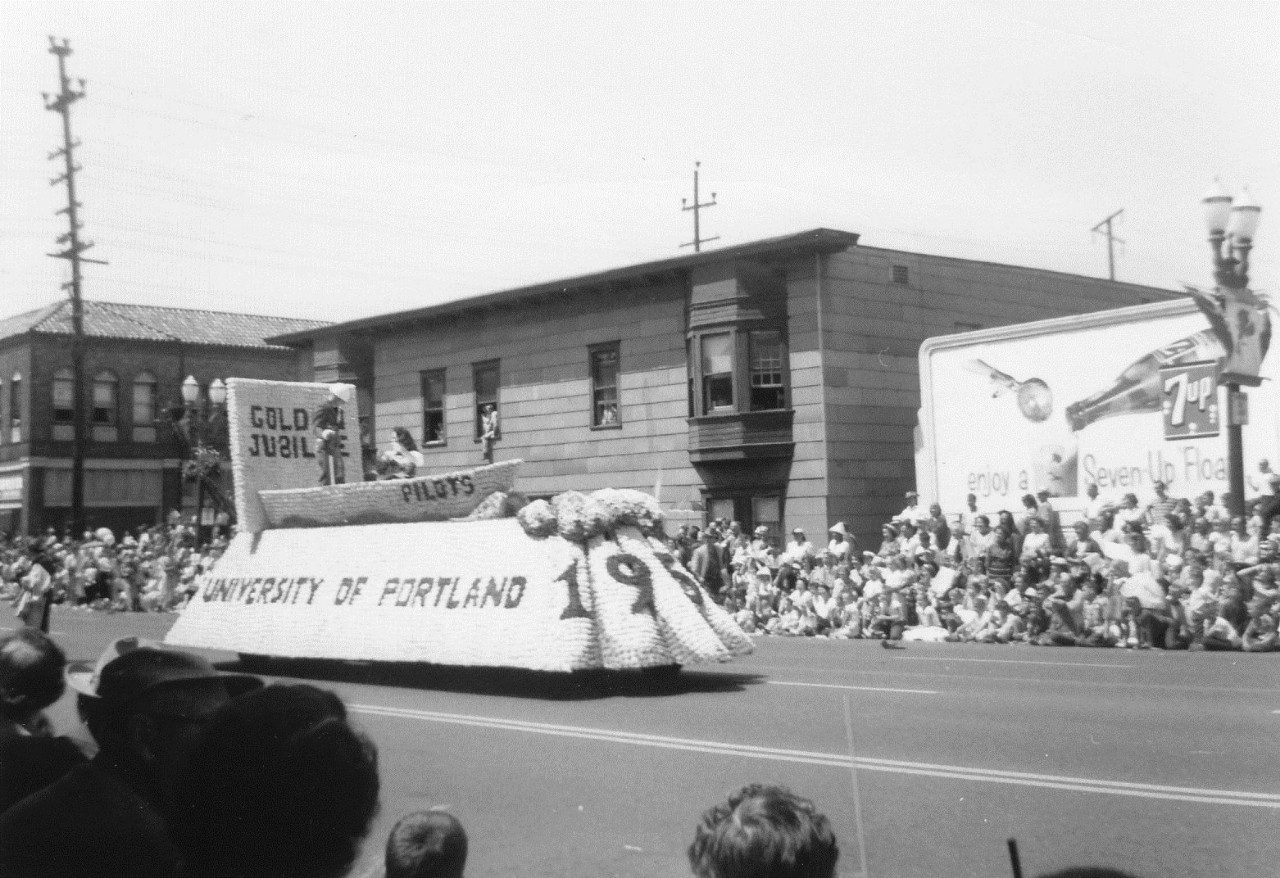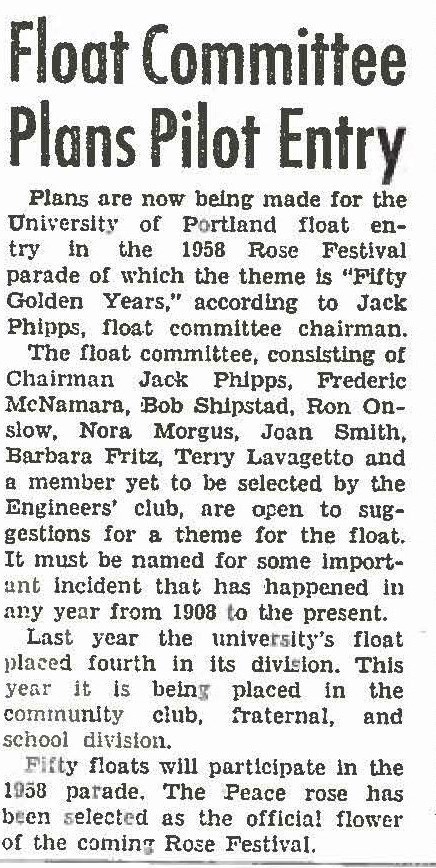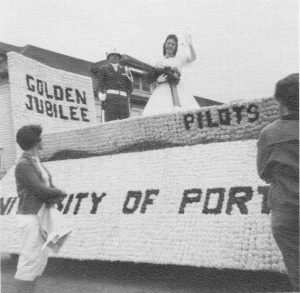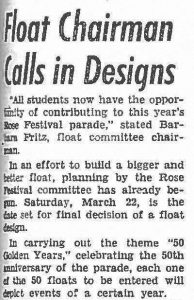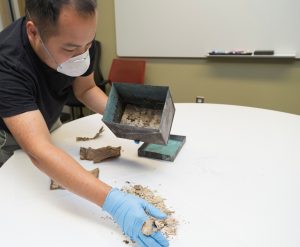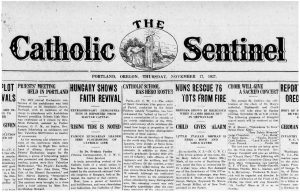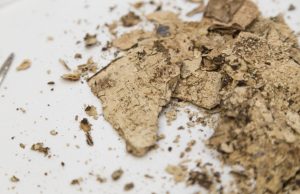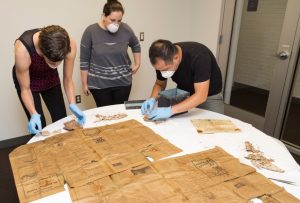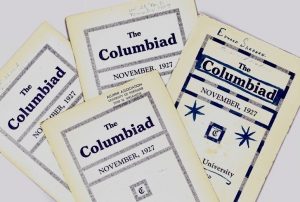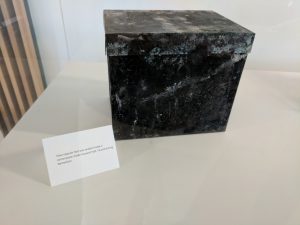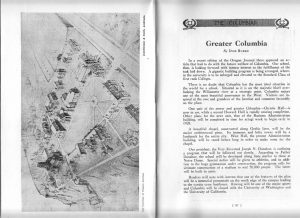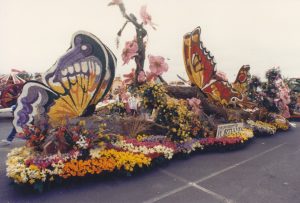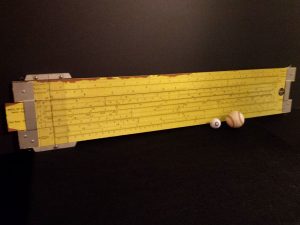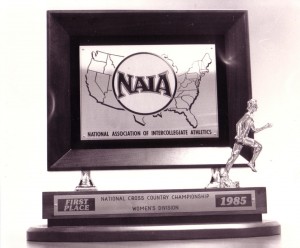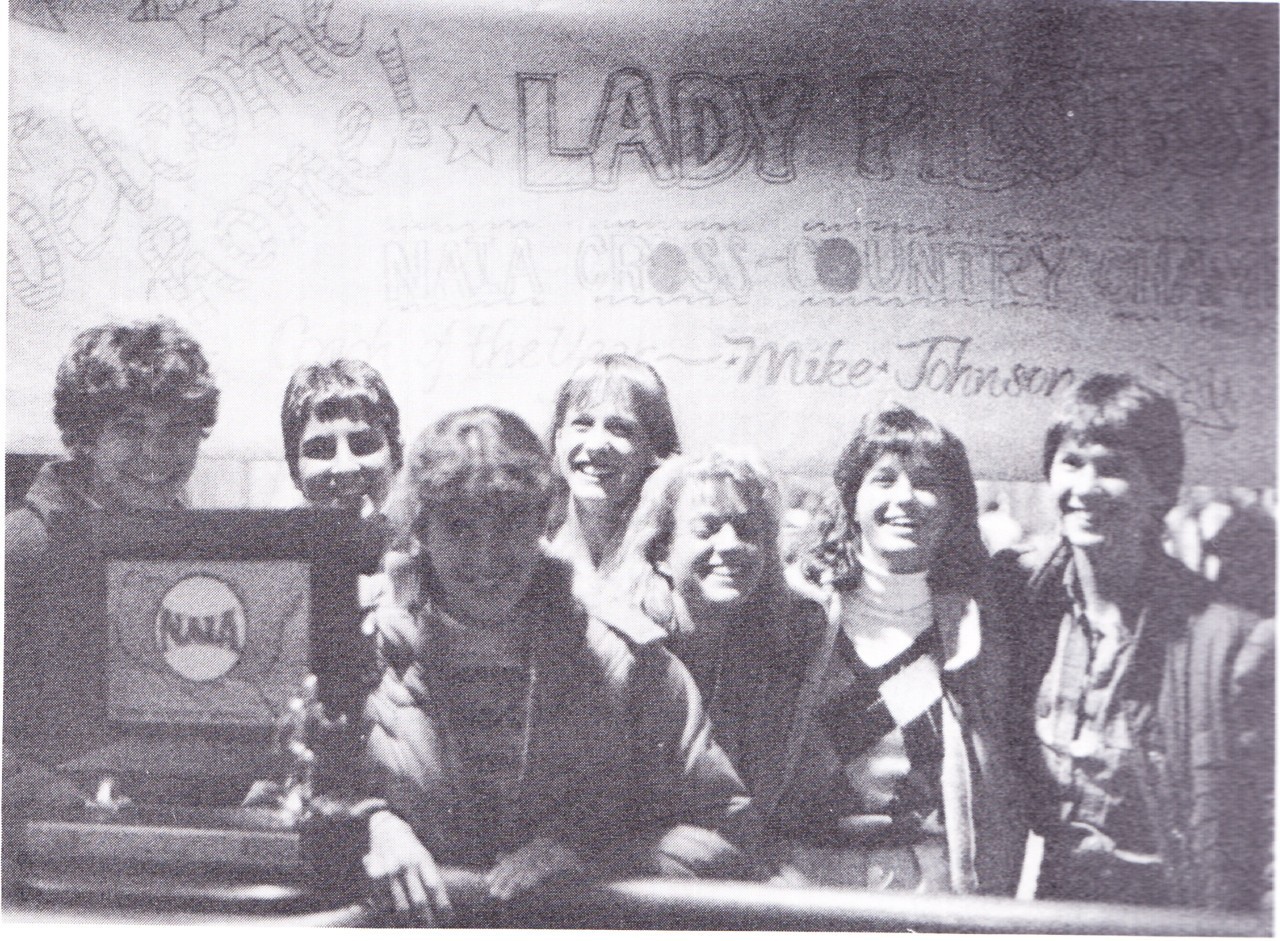These four figures are found around campus – inside or outside, for better or for worse. No judgement here. Just the question, can anyone identify them? Sort of a trivia / treasure hunt tour of campus. Location anyone? Take a look, each tells a (forgotten) story from UP history.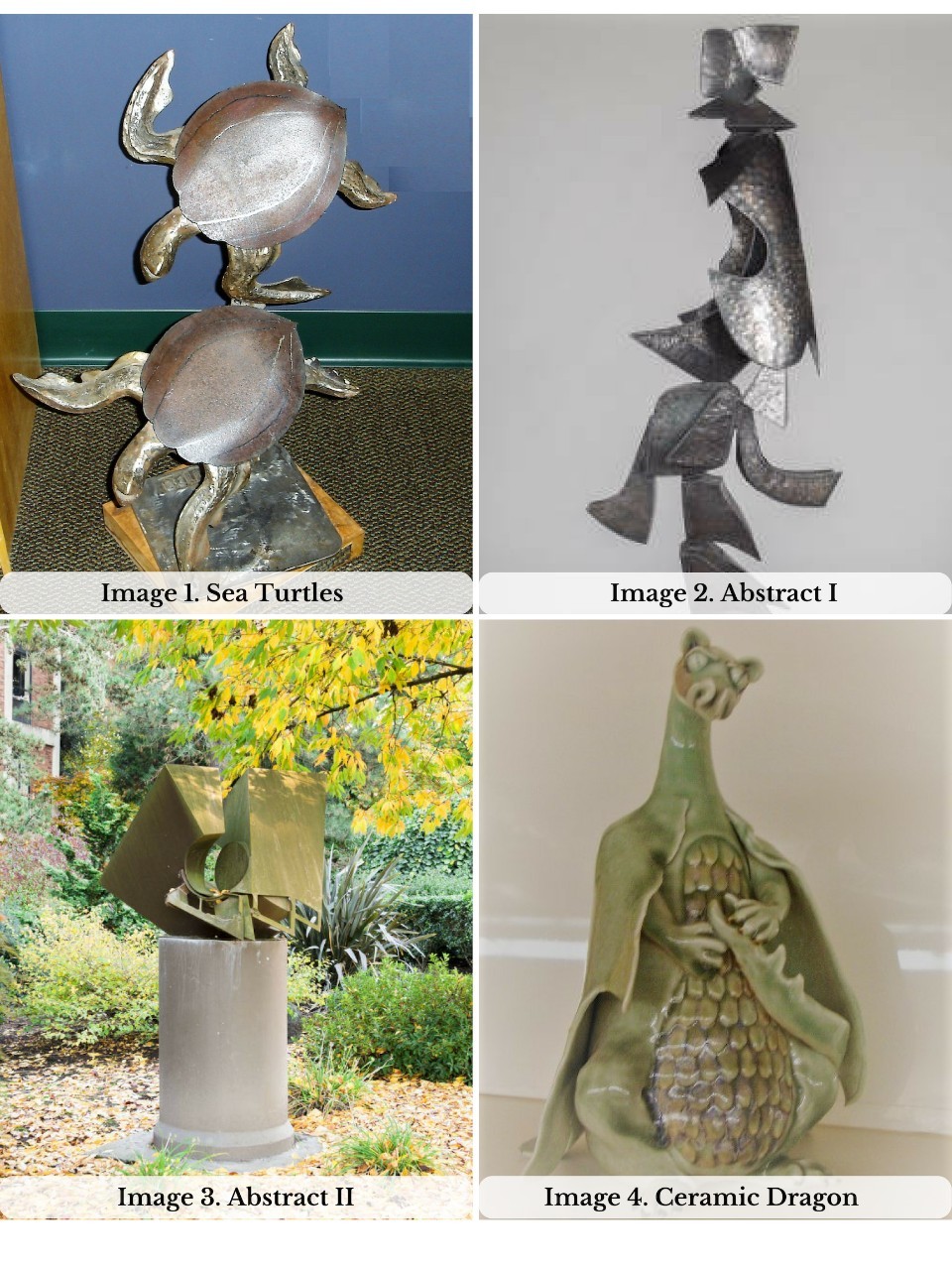
A. Figure Striding, The Beacon October 12, 1962, p. 1
B. Urban League, Equal Opportunity Award, Education. For special efforts to increase success for local black students at UP. Alumni Bulletin, July 1977, p. 3.
C. Papa Sierra, The Beacon April 24, 1980, p. 2
D. ‘Le Petit Feu’, The Beacon October 28, 1982, p. 3
